A first look at the new Might & Magic 6-9 inspired blobber
Type: Single-player
Genre: RPG
Developer: Fleon Games
Publisher: Fleon Games
Release date: 26 Aug, 2021
Might & Magic 6 was a major change for the Might & Magic series. Gone was the tile based movement and purely turnbased gameplay, instead we got a fully 3D (well kind of) game with free movement and combat that was a lot more active. The following Might & Magic games, other than 10, followed in the footsteps of 6.
The late Might & magic games had some quirks that made them quite unique, for better and worse, that hardly any modern retro-inspired RPGs have tried to emulate. Like how they would throw hordes of enemies at you, and the best way of fighting was to try to shoot them with your bow-armed characters, while at the same time moving backwards (and as a result you would equip every character with a bow). Elmarion: the Lost Temple does try to capture some of the quirks of these old games, without slavishly following the formula set by them.
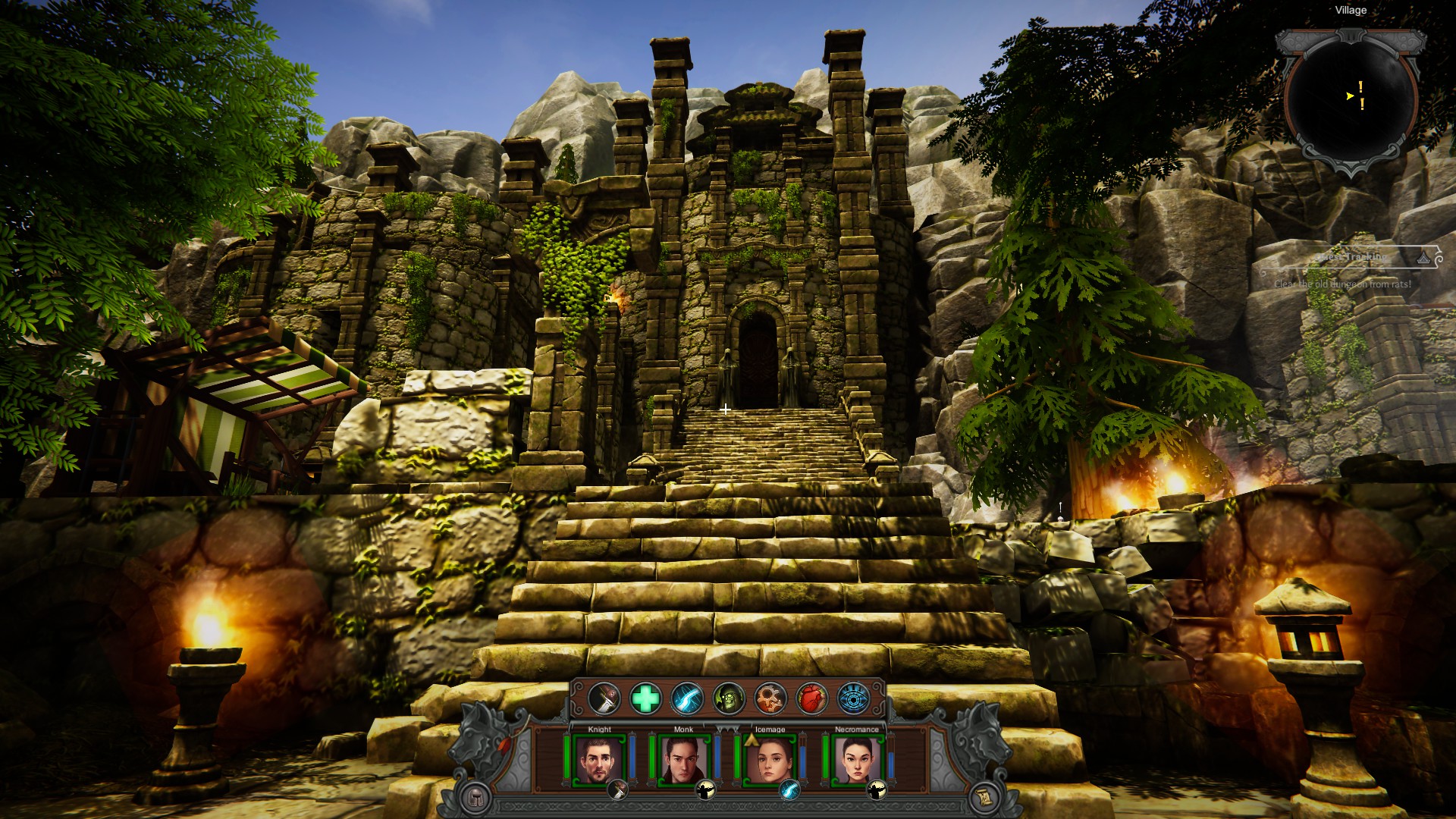
Story & Setting
At the time of writing Elmarion: the Lost Temple does not have much of a story. You’re a band of adventurers who have been summoned by the king to find a special artifact in an ancient temple, but before you can enter you need to appease the king who have decided to block anyone from entering the temple. It does not make a lot of sense. There’s also not a lot of information about the setting either. There are some hints about there being more going on, but at the moment the setting is not very fleshed out.
There are a few NPCs you can talk to, both outside the temple, and inside it, though there’s not much dialogue and the writing is not spectacular. Overall this just feels like a justification to send you into dungeons to fight monsters.
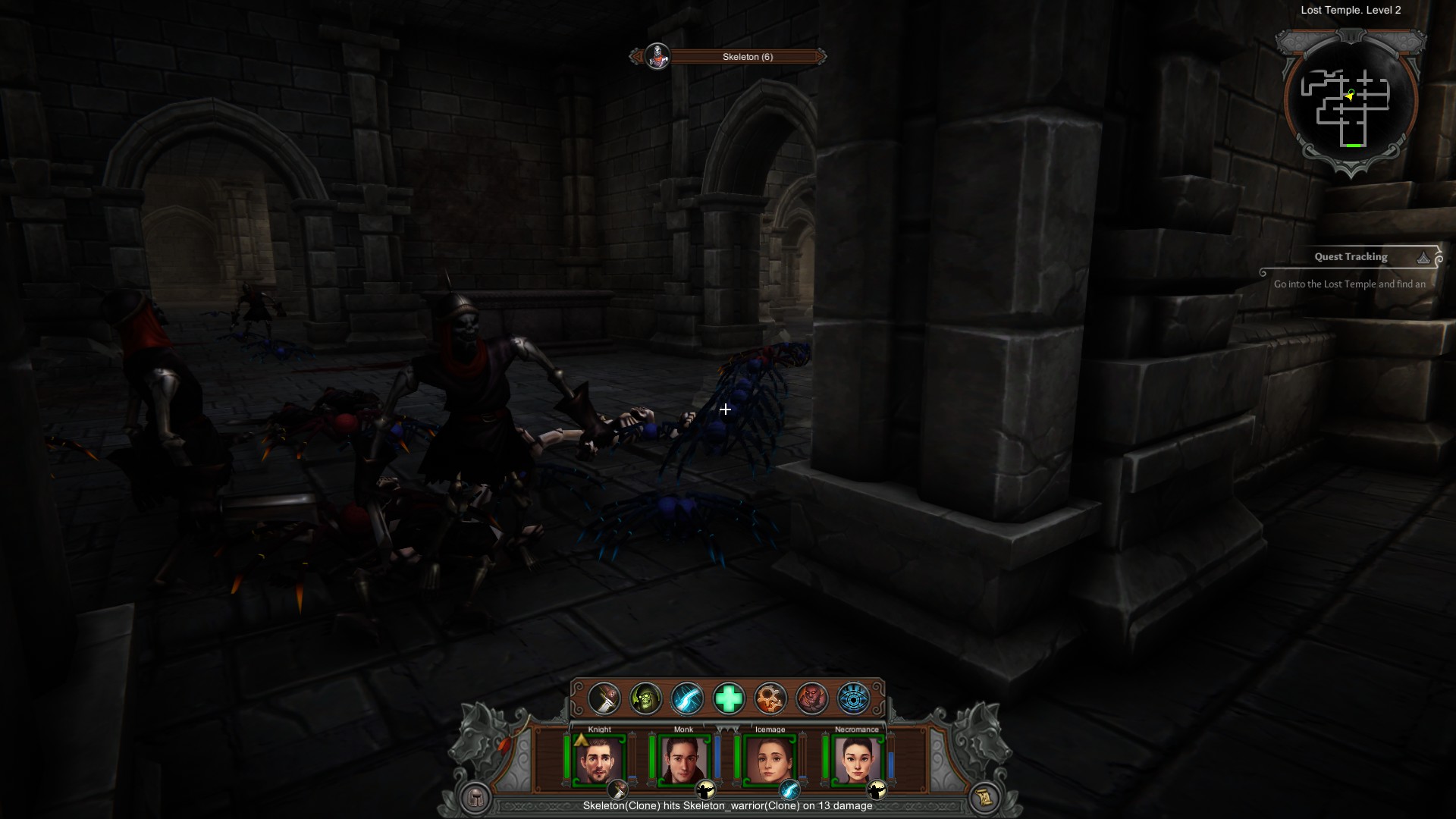
Presentation
Elmarion: the Lost Temple is an indie game, and that shows. The graphics are hardly on par with the latest AAA game, but they’re not awful either. Creatures have a somewhat low polygon count and the textures can look a bit rough up close, but it’s not so bad that it’s distracting. The art style is for the most part consistent, with most creatures looking like they belong in the same game, even if they have pretty varied designs, although some of the human characters do stick out a bit. The environments might not be the most inspired, having the typical fantasy themes of dungeon, temple and elementally themed areas, similarly to Ultima Underworld 2 (luckily there’s no Ethereal Void here).
As for the soundtrack, it’s pleasant background music. It’s nothing really outstanding, but it works well for what it is, and does not distract from the game. Nothing sounds out of place here. Where the game does things a bit worse is with the feedback from attacks. There’s a lack of heft to the sound effects (and the flinch animations when you hit enemies leaves a bit to be desired), which can make combat feel a bit empty.
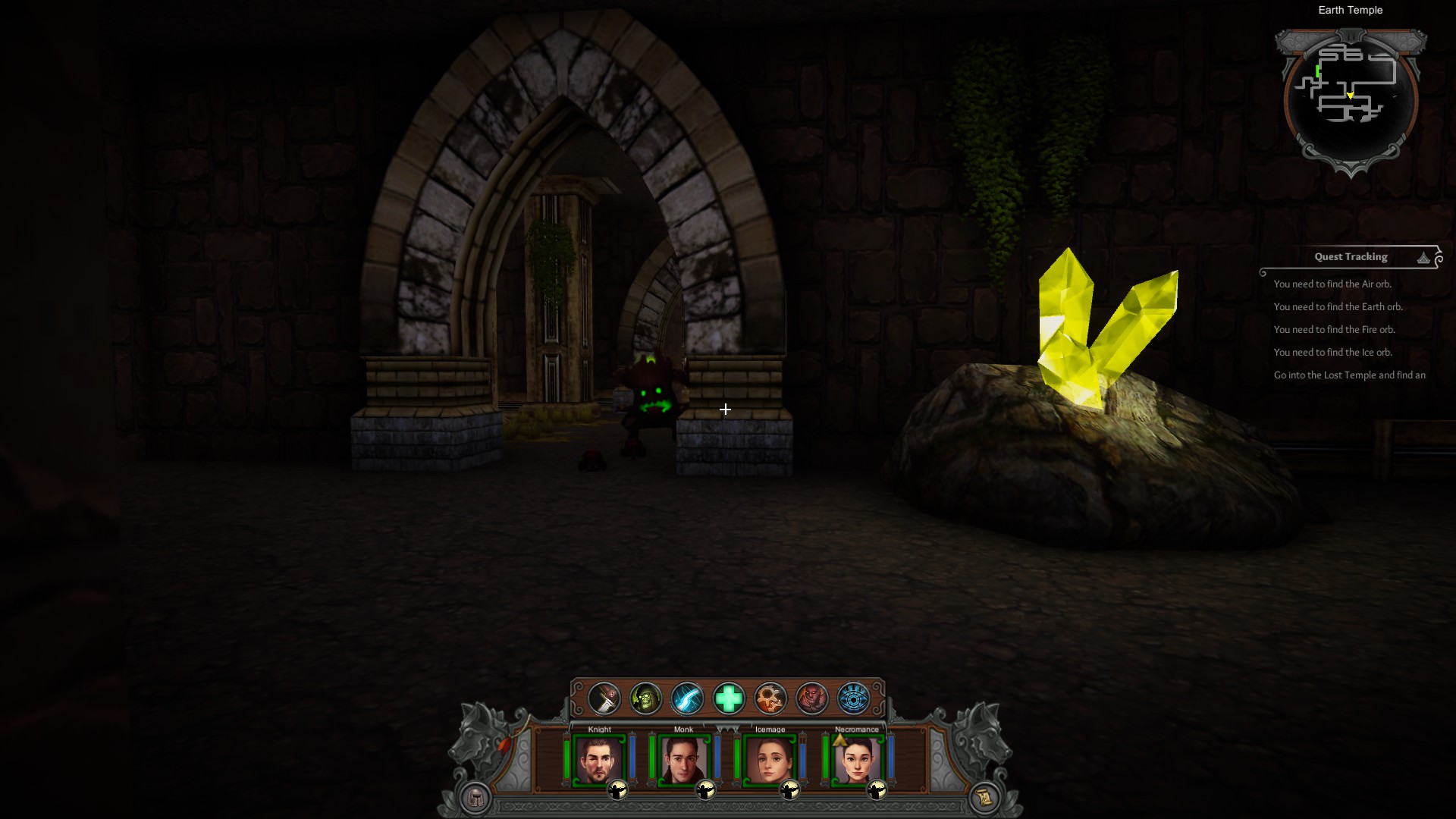
Gameplay
Elmarion: the Lost Temple is a so called “blobber”. That’s to say that it’s a first person RPG where you’re controlling a party moving around the world as a big blob. You never see your individual characters, they just exist in this amorphous mass of people that you just so happen to control. This was a pretty popular way of doing party based RPGs from the 80’s up until the mid 90’s. After the mid 90’s there were only a very small number of holdouts who still went with this style of game, including the Might & Magic series, and even these went away at the start of the new millennium (that is if you ignore the plethora of Wizardry-clones that were released in Japan), and it was not until Legend of Grimrock that people started showing interest in this style of games again.
In Elmarion you’re playing as a band of four adventurers who need to venture into dark semi-randomly generated dungeons and fight evil monsters. It’s a purely real time game with free movement (unlike many other blobbers, that have tile-based movement). Combat is your main way of interacting with the world and at its core it’s a pretty simple affair. If you left click you use the default skill set to your currently selected character, and it then switches to the next character that is ready to act. If the default action you’ve set is to attack, you’ll either hit the enemy with your melee weapon if they’re close, or use any equipped ranged weapon if they’re further away, otherwise you’ll simply use whatever skill you’ve got selected as the default.
Enemies tends to come in large numbers and are individually pretty weak, unless of course they’re some kind of boss monster, but they can quickly overwhelm you if you let them get close. This makes your ranged attacks your primary means of attacking enemies, and your often stronger melee weapons something you just use in a pinch. This might seem like a strange design choice, but it’s true to the games that inspired it. Most enemies are melee focused but later on in the game there are also a few enemies that relies primarily on ranged attacks, and certain enemies also have secondary effects with their attacks, like spiders which will temporarily “web” a character that they hit, making them unable to attack
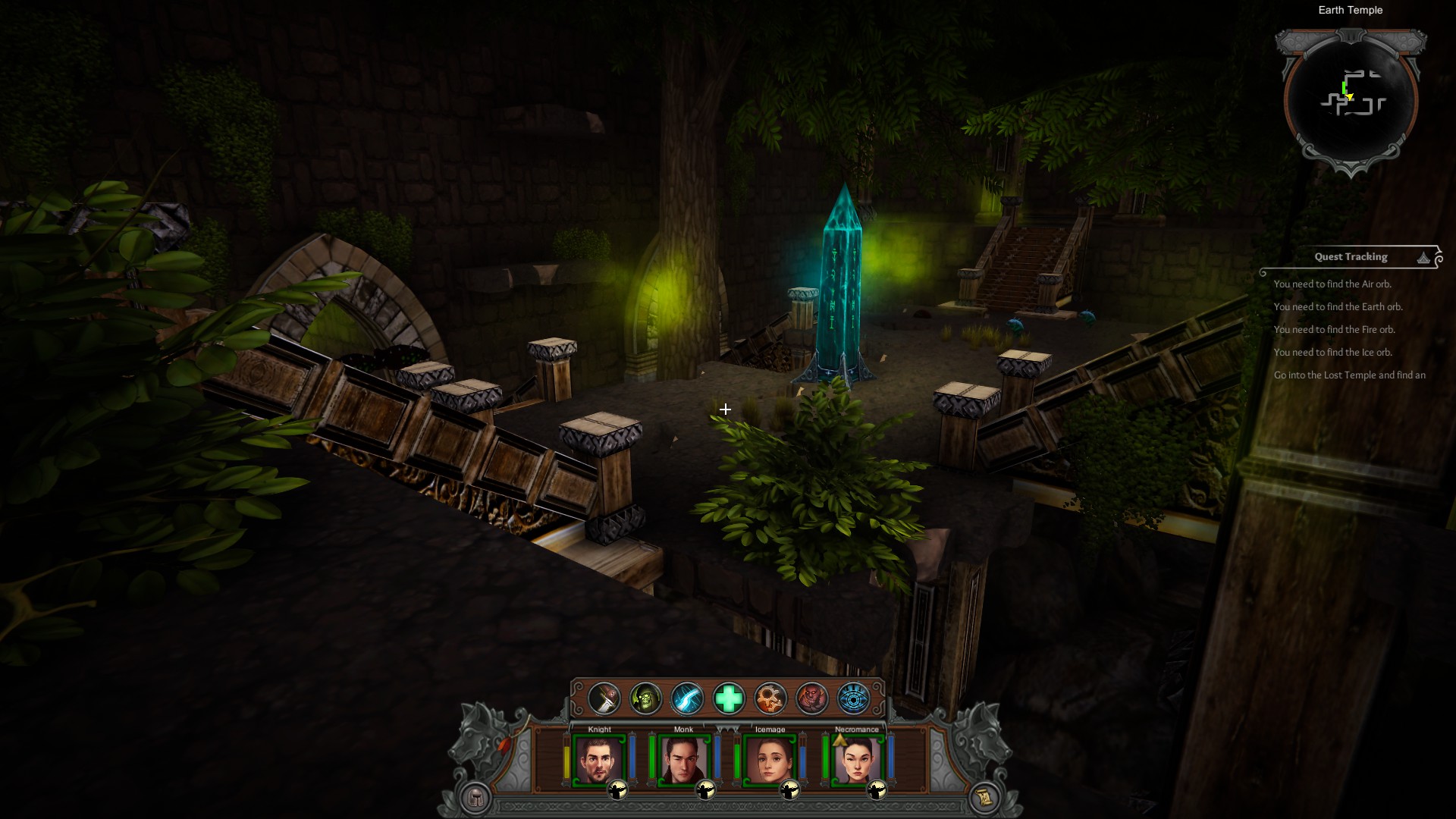
One thing that does hurt the combat is the lack of proper flinching. When you hit an enemy it hardly even reacts, which both gives poor feedback it also makes it harder to influence what the enemies are doing and it makes melee even more dangerous, as the enemies will just keep coming at you and attack through your attacks. That’s not to say that there’s no flinching at all, but hitting enemies should give a more noticeable reaction.
Killing enemies and exploring the caves gives both experience and loot. Loot is usually either potions, money or better equipment. New equipment usually comes with better stats and other secondary effects, like adding HP regeneration or improving elemental resistances. Apart from how a lack of certain equipment might make certain actions impossible (can’t shoot an arrow without a ranged weapon) better equipment tends to just make you better at fighting with no major noticeable effect other than the fact that you might deal or be able to take more damage. Experience is a bit more interesting, every time you level up you’ll earn five stat points that can be spent on any of your primary stats and also a skill point which can be used to either improve an existing skill or unlock a new one. Each of the 8 classes have their own set of skills that they can unlock, with some being more similar than others. The mage classes for an example have some kind of ranged damage spell that works more or less the same, but then they have other more unique ones like the ability to see enemies on the minimap or improved jumping. Arguably the necromancer is also a kind of mage class, though that one is completely different and focuses more on summoning creatures to do your bidding, like skeletons and golems.
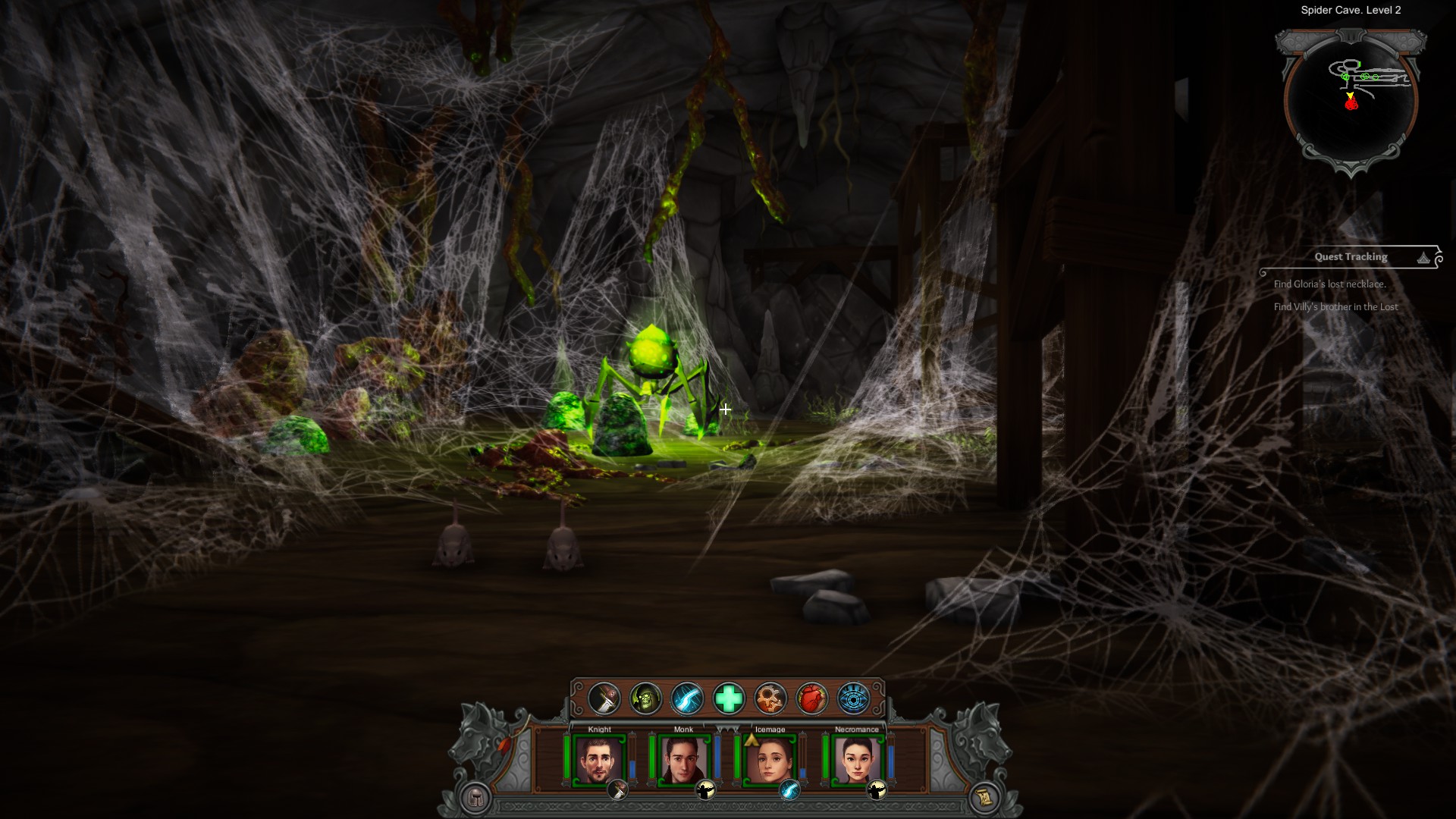
State of Early Access
Elmarion: the Lost Temple currently feels like it’s still in a pretty early early access state. The basic mechanics are here, and they are not bad, but the game has quite a few rough edges and bugs that needs to be ironed out. Combat is the biggest area where it needs some improvement, as the lack of feedback when you hit enemies does seriously hurt the enjoyment of the game. Jumping also does not work all that well, particularly not when you climb something, which becomes an issue once the maps start becoming more complex.
Apart from those more serious issues there are also the expected issues with an early access game like tooltips sometimes giving incomplete or incorrect information, a lack of balance and the random map generator sometimes places enemies out of bounds. The game does seem to run well and it’s not crash prone.
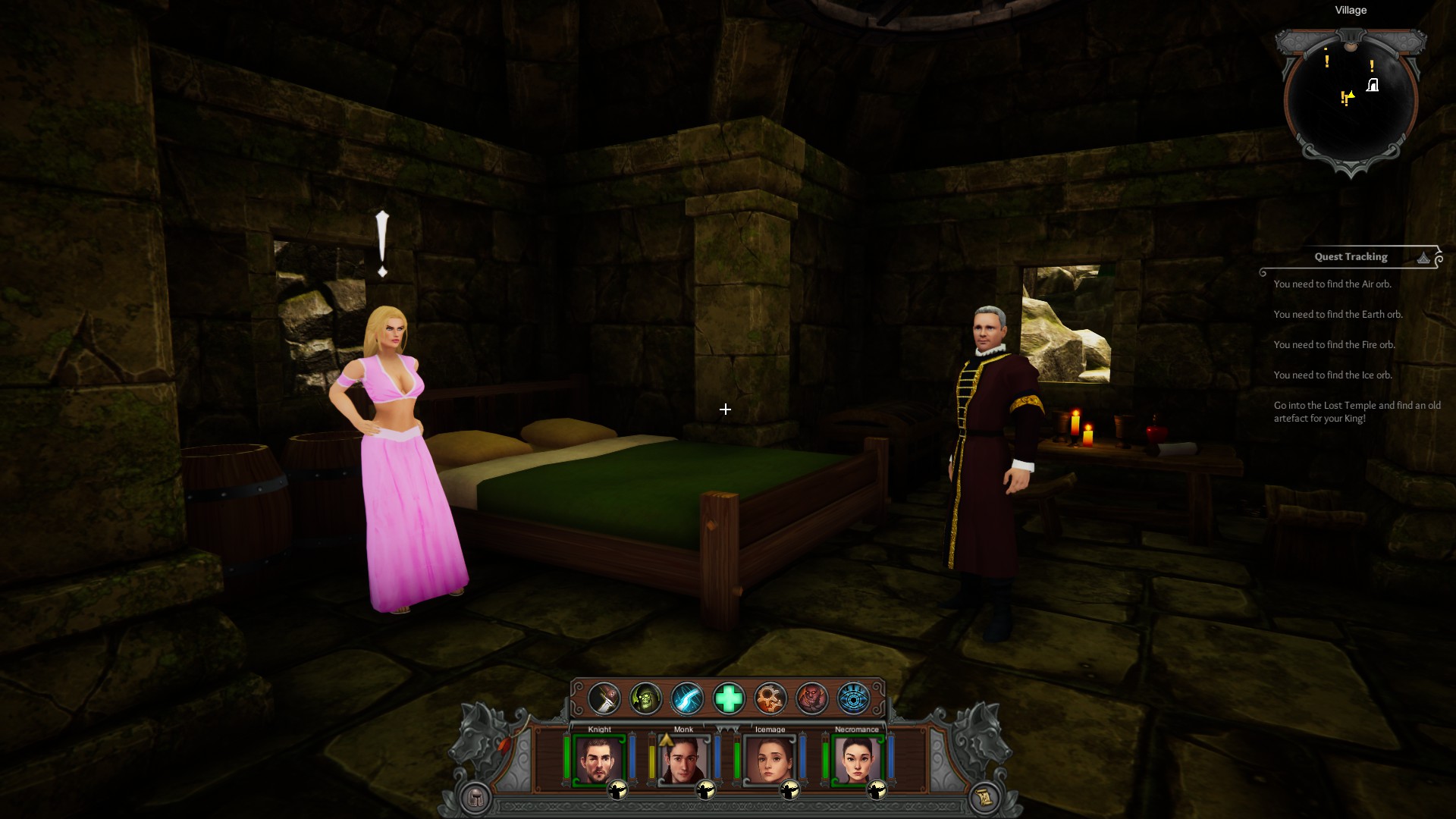
Closing Thoughts
It’s nice to finally see a game that takes inspiration from the later Might & Magic games, and Elmarion: the Lost Temple has the potential to become a solid game, but at the moment it’s just a bit too rough around the edges to be worth getting for anyone who don’t just want to support the project. Fans of late 90’s blobbers should keep an eye on this one though, with a bit of polish it has the potential to be a really fun, if slightly shallow, RPG, but if you’re not absolutely dying for a new blobber to play, then it’s probably best to wait for this game to get further into development before you get it. The developer behind the game has shown that he’s willing to listen to feedback and patches have been frequent thus far, so chances are that in a few months this game will look very different from how it does right now.










